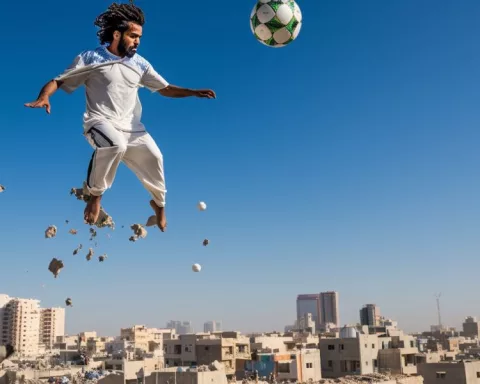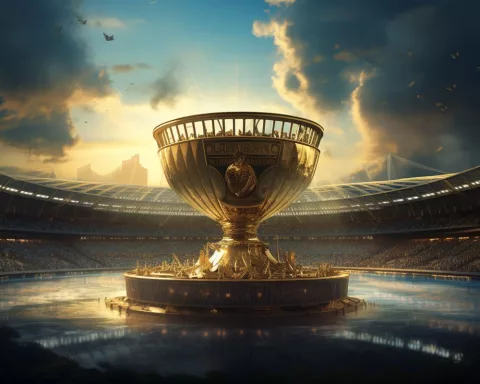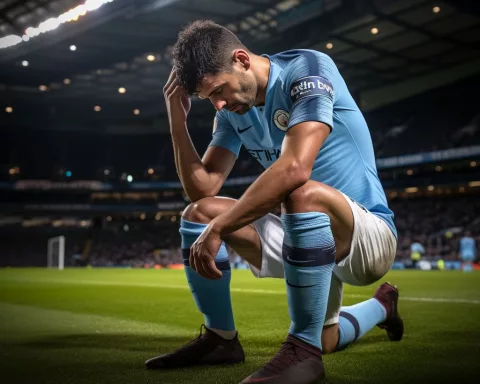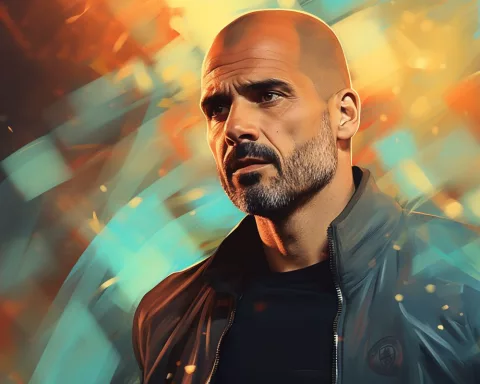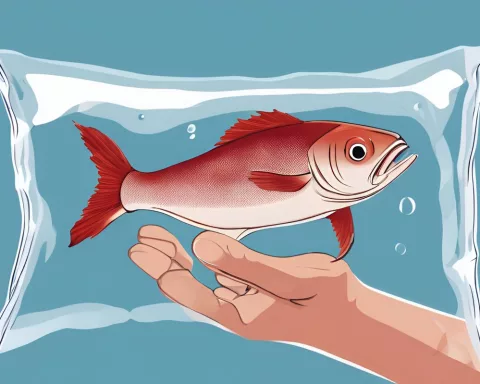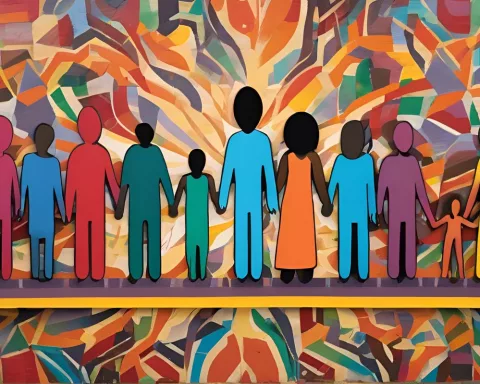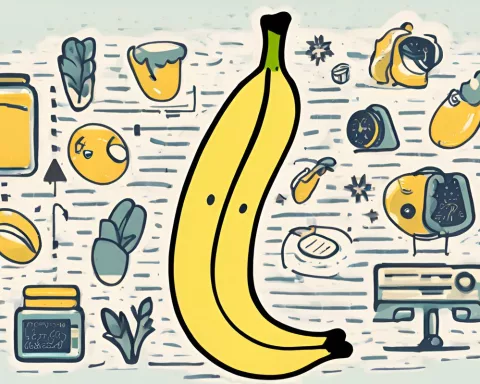Manchester City overcame the absence of key players to reach the Club World Cup final, demonstrating their unyielding spirit and determination. The absence of Erling Haaland, their leading striker, cast a gloomy pallor over the event, but an own goal by Urawa Reds bolstered by strikes from Mateo Kovacic and Bernardo Silva secured a triumphant 3-0 victory in the semi-final. Despite facing obstacles such as a sluggish performance in the Premier League and missing Kevin De Bruyne due to injury, City remains resolute in their aim to clinch the only title the club doesn’t have.
Manchester City overcame the absence of key players, including Erling Haaland and Kevin De Bruyne, to secure a triumphant 3-0 victory against the Urawa Reds in the Club World Cup semi-final. Haaland’s absence due to an ongoing foot issue cast a gloomy pallor over the event, but the team demonstrated their unyielding spirit and determination to navigate through difficult times. Their tenacity, undeterred by significant absences, serves as a reminder of football’s inherent unpredictability.
An Unexpected Turn of Events
The stage was set. Manchester City, the reigning European champions, were about to lock horns with Fluminense in the esteemed Club World Cup’s final. The air was electric with anticipation and palpable tension. However, the conspicuous absence of Erling Haaland, a critical player, cast a gloomy pallor over the event. Yet, the team demonstrated their unyielding spirit and determination in a triumphant 3-0 victory against the Urawa Reds in the semi-final.
Haaland, recognized as a formidable force and City’s leading striker, was noticeably absent due to his ongoing foot issue. His vacant spot and unused jersey was an unusual sight for many. The 23-year-old forward, who played an integral role in City’s offensive strategy, had already been struck off the list for four matches due to the same injury. City’s coach, Pep Guardiola, confirmed that this hiatus would extend to the final.
As the game progressed, it was clear that Haaland’s absence was keenly felt, and yet City remained resolute. With Haaland reduced to a spectator’s role, an own goal by Marius Hoibraten bolstered by strikes from Mateo Kovacic and Bernardo Silva, ensured City’s smooth sailing into the final. A wave from Haaland, captured on the large screens during the first half, triggered the loudest cheer of the night—a reflection of his immense popularity among the fans, who eagerly await his comeback.
Navigating Through Difficult Times
However, City’s obstacles were not confined to Haaland’s absence. The team was also contending with a sluggish performance in the Premier League, lagging behind Arsenal and Liverpool in the fiercely competitive title race. Upon their return to England on December 27, they were fated to face an in-form Everton, a formidable adversary, on the latter’s home ground.
There was another key player missing from the ranks—Kevin De Bruyne, out of the final due to a hamstring injury. Even though he had resumed training, his four-month absence from the field was a setback. The departure of these two pivotal players had a significant impact, but City’s game against the Urawa Reds displayed the team’s inherent tenacity.
The team’s supremacy in the semi-final was apparent, with City maintaining possession for more than 80 percent of the match against the reigning Asian champions. A self-inflicted error by Urawa in the form of an own goal created an opening for City. The latter half of the match showcased an invigorated City squad, who put up an impressive show. Kovacic scored his first goal for City, followed by a third goal as Silva’s shot ricocheted off Hoibraten, further adding to the Norwegian defender’s unfortunate fate.
New Faces, New Opportunities, and a Wider Perspective
Newcomers Nunes and Kovacic, recent entrants into the treble-winning team, finally caused a stir. Despite Nunes missing a prime opportunity, the duo’s pivotal contribution was instrumental in City’s victory.
However, a broader perspective reveals a harsh reality. The economic chasm between Europe’s upper crust clubs and the rest of the world continues to expand. FIFA’s confirmation of the Club World Cup’s enlargement to 32 teams by 2025 has sparked apprehension regarding an increasingly chaotic schedule and the potential risk of injuries to players.
Despite these hurdles, City stays resolute, aiming to clinch the Club World Cup—a title that has eluded them thus far. Guardiola resonates with this ambition, stating, “It’s the last step to win the title, the only title the club doesn’t have, so we go for it.”
The Journey Ahead
Manchester City’s arduous journey to the final has been a testament to their resoluteness and determination. Their tenacity, undeterred by significant absences, has been noteworthy. As they gear up for the final, their trajectory serves as a reminder of football’s inherent unpredictability, where one player’s absence can create opportunities for many others.
1. Who did Manchester City beat in the Club World Cup semi-final?
Manchester City beat the Urawa Reds in the Club World Cup semi-final with a triumphant 3-0 victory.
2. Who were the key players absent from Manchester City?
Erling Haaland and Kevin De Bruyne were the key players absent from Manchester City due to an ongoing foot issue and a hamstring injury, respectively.
3. How did Manchester City navigate through difficult times?
Manchester City demonstrated their inherent tenacity and unyielding spirit to navigate through difficult times, including a sluggish performance in the Premier League and missing key players.
4. Who were the new faces that contributed to Manchester City’s victory?
Newcomers Nunes and Kovacic, recent entrants into the treble-winning team, caused a stir and were instrumental in Manchester City’s victory.
5. What is the economic chasm between Europe’s upper crust clubs and the rest of the world?
The economic gap between Europe’s upper crust clubs and the rest of the world continues to expand, leading to apprehension regarding an increasingly chaotic schedule and the potential risk of injuries to players.
6. What is Manchester City’s aim for the Club World Cup?
Manchester City remains resolute in their aim to clinch the Club World Cup, which is the only title the club doesn’t have, according to Guardiola.


